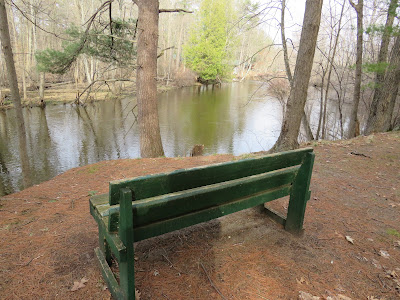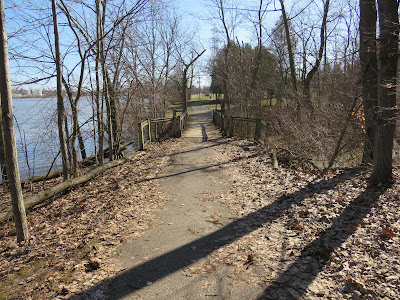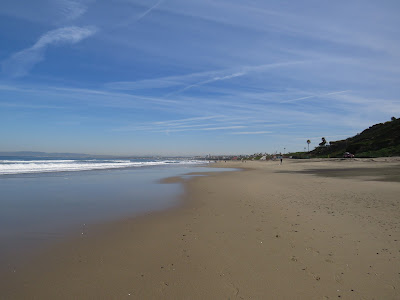It’s midday as I begin my hike at nearby Forest Hill Nature Area. Thirty years ago, I was fortunate to lead a team of educators in converting this property from a farm into an outdoor learning center. Under overcast skies and temperatures in the upper 40’s, I follow a trail northwest from Brady Cemetery where my ears perk up to a chorus of Eastern Chorus Frogs. Because of their small size and color, these amphibians are very hard to spot in the vegetation (stock photo). Their breeding call resembles the sound made by running a fingernail along the teeth of a comb. Some confuse them with Spring Peepers, but unlike the peepers, which are most often heard at night, chorus frogs call night and day. Continuing eastward, I spot a few perching Song Sparrows as well as a perching male and female Redwing Blackbird. While pausing at Sora Swale, I listen to the familiar calls of Canada Geese. Passing through South Woods, I glance high above to spot a perching Pileated Woodpecker and then hear the call of a Red-bellied Woodpecker. Heading toward North Woods, I first hear a Northern Cardinal and then I stop to listen to a Gray Catbird singing multiple tunes. Like Mockingbirds, Catbirds copy sounds of other species and join them together in order to make their own song. Their vocal range is vast, and one can often hear the males using their loud songs to maintain a hold over their territories, a long song that can sometimes last for up to 10 minutes. Nearby, I notice a fresh, 8-inch, Pheasant back mushroom. Also known as Dryad’s saddle, this fungus is extremely common, fairly easy to identify and gives off a sweet, almost fruit-like scent. These mushrooms are edible and a large one like this can be, cutup, breaded and fried. Entering North Woods, I come upon a patch of Mayapples and then spot blossoms of an ephemeral wildflower called Purple Cress. As their name suggests, this wildflower blooms for a short time each spring. As understory forest dwellers, they only have a short window of suitable conditions for aboveground growth between frozen ground in winter and full shade of the summer canopy. Leaving North Woods, I hear and see a noisy Sandhill Crane circling high overhead. Most likely, this large colorful bird has migrated from its winter grounds in Florida and is looking for breeding grounds around here or will continue searching up north into Canada. Up ahead, I pass Willow Wallow where I spot a male Black Willow shrub displaying its catkin flowers. This species is dioecious with female flowers (stock photo) found on separate shrubs. After looking down at Grebe Pond from the top of Reflection Hill, I make my way down toward the car where I notice a pair of perching Common Grackles.
Loved ways of the wild
Since I was a little child
Loved to wander and roam
In a woods near my home
Loved to explore a creek
Fished it every week
Loved every field and farm
I felt safe from harm
Loved each tree and creature
Nature, my only teacher
D. DeGraaf



